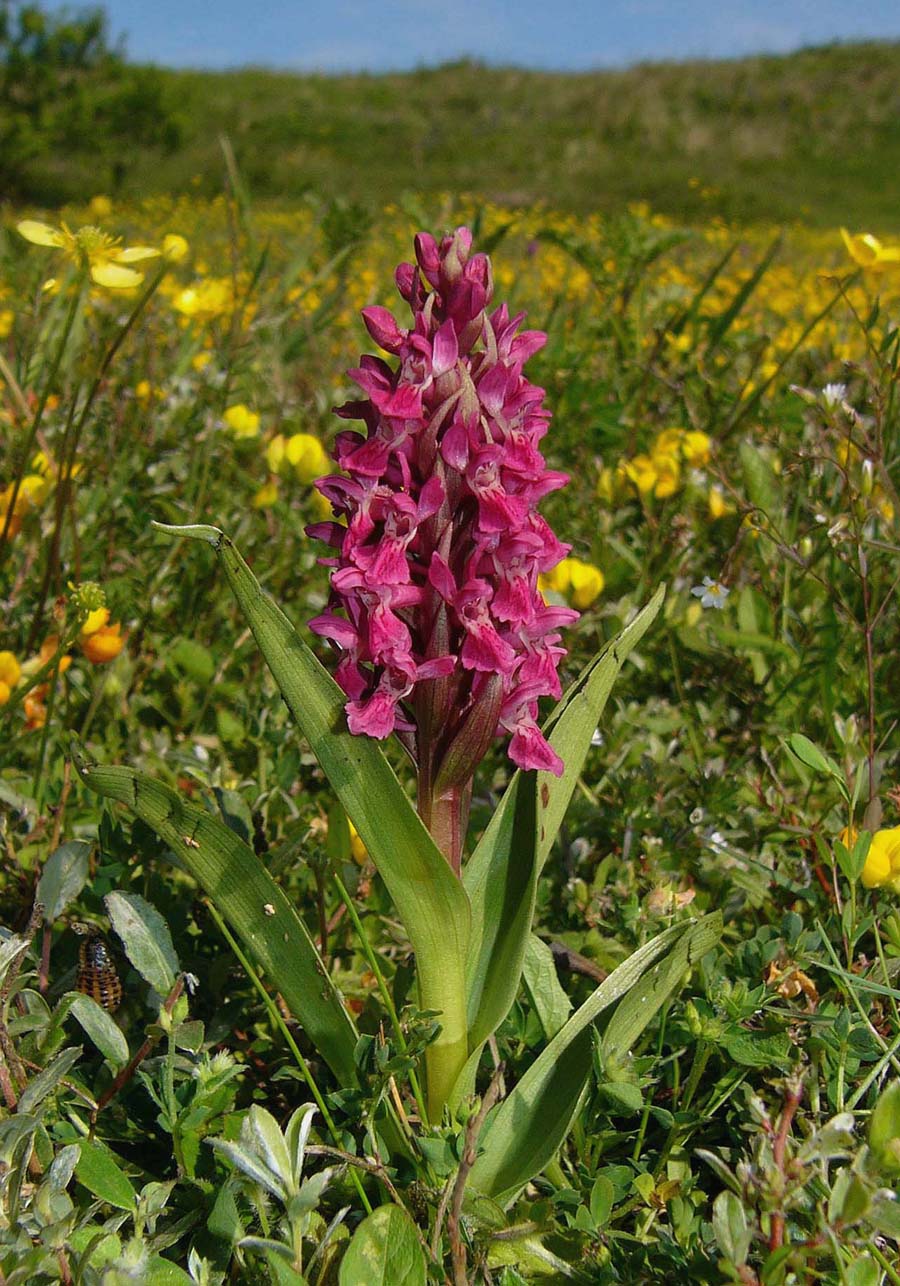
Corallorhiza trifida
Dactylorhiza coccinea
Dactylorhiza ericetorum
Dactylorhiza fuchsii
Dactylorhiza hebridensis
Dactylorhiza incarnata
Dactylorhiza kerryensis Dactylorhiza maculata
Dactylorhiza okellyi
Dactylorhiza purpurella
Dactylorhiza traunsteineroides
Dactylorhiza viridis
Epipactis atrorubens
Goodyera repens
Hammarbya paludosa
Neottia cordata
Neottia nidus-avis
Orchis mascula
Platanthera chlorantha
Pseudorchis albida
Spiranthes romanzoffiana
Dactylorhiza coccinea
Dactylorhiza ericetorum
Dactylorhiza fuchsii
Dactylorhiza hebridensis
Dactylorhiza incarnata
Dactylorhiza kerryensis Dactylorhiza maculata
Dactylorhiza okellyi
Dactylorhiza purpurella
Dactylorhiza traunsteineroides
Dactylorhiza viridis
Epipactis atrorubens
Goodyera repens
Hammarbya paludosa
Neottia cordata
Neottia nidus-avis
Orchis mascula
Platanthera chlorantha
Pseudorchis albida
Spiranthes romanzoffiana
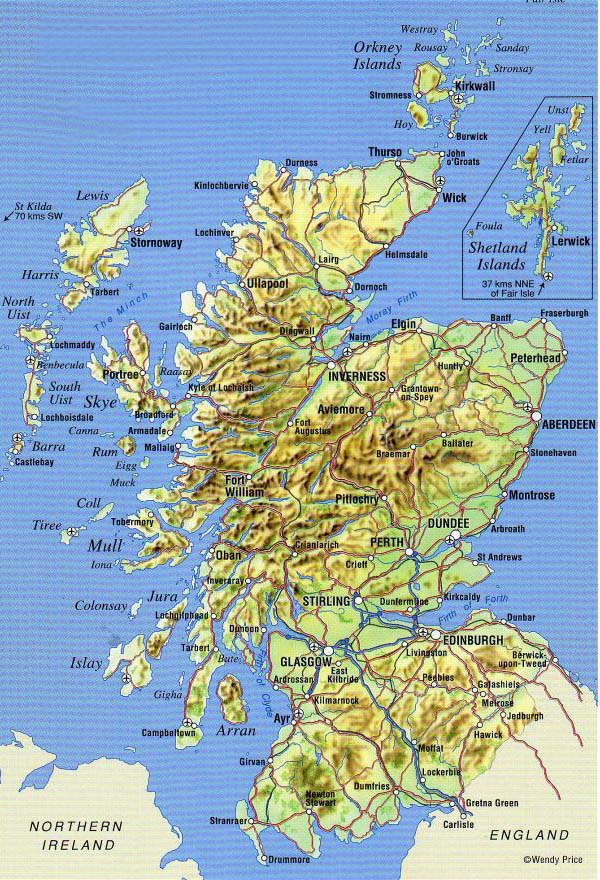
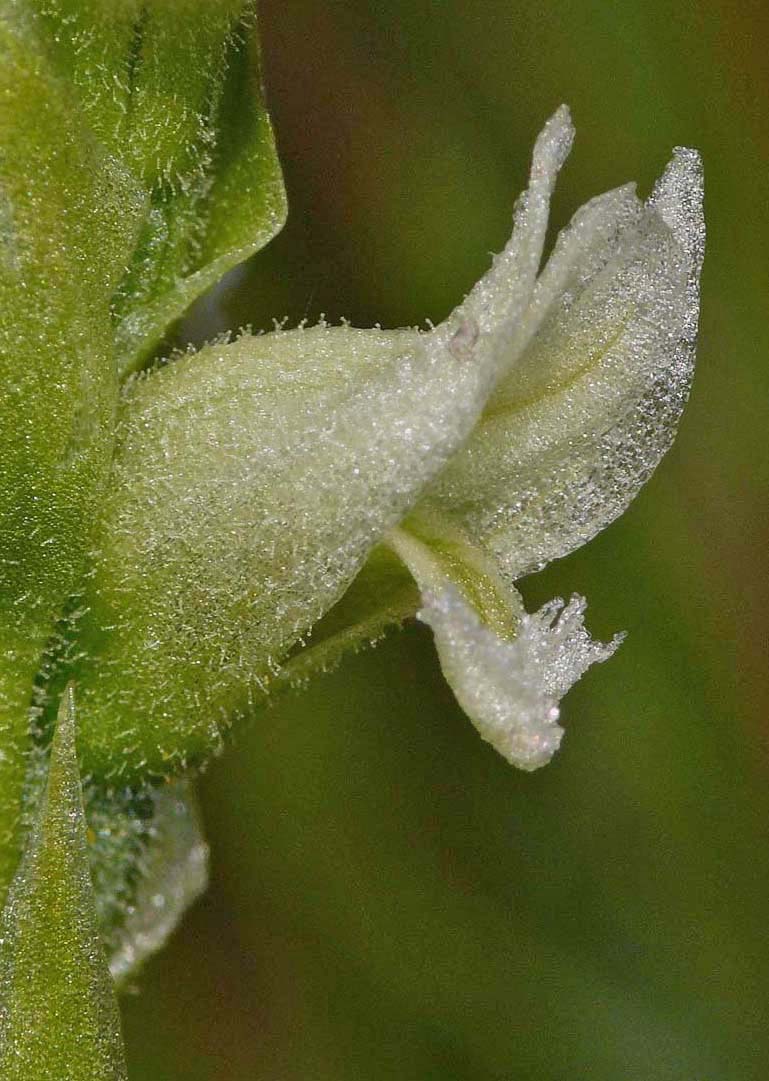
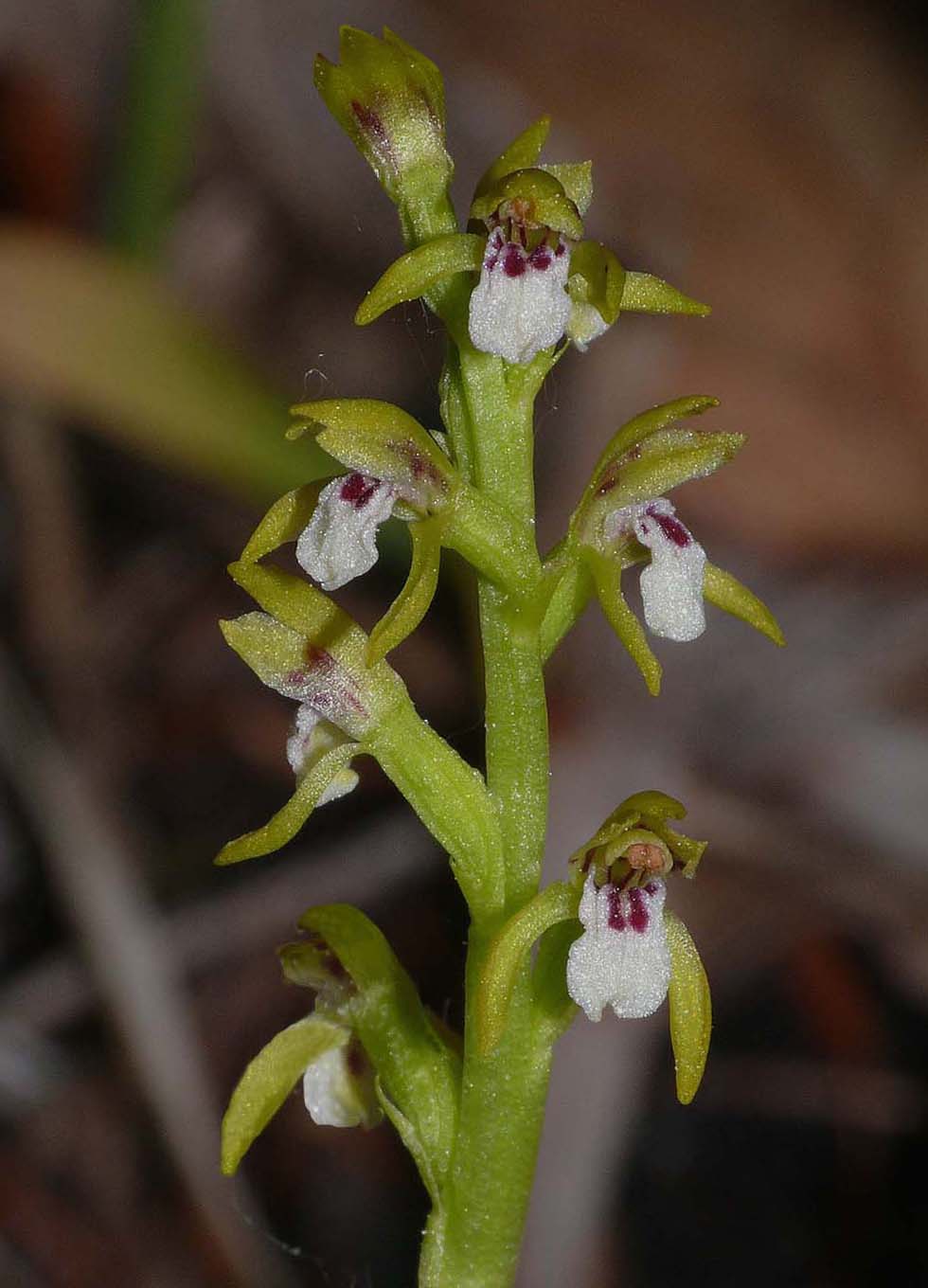
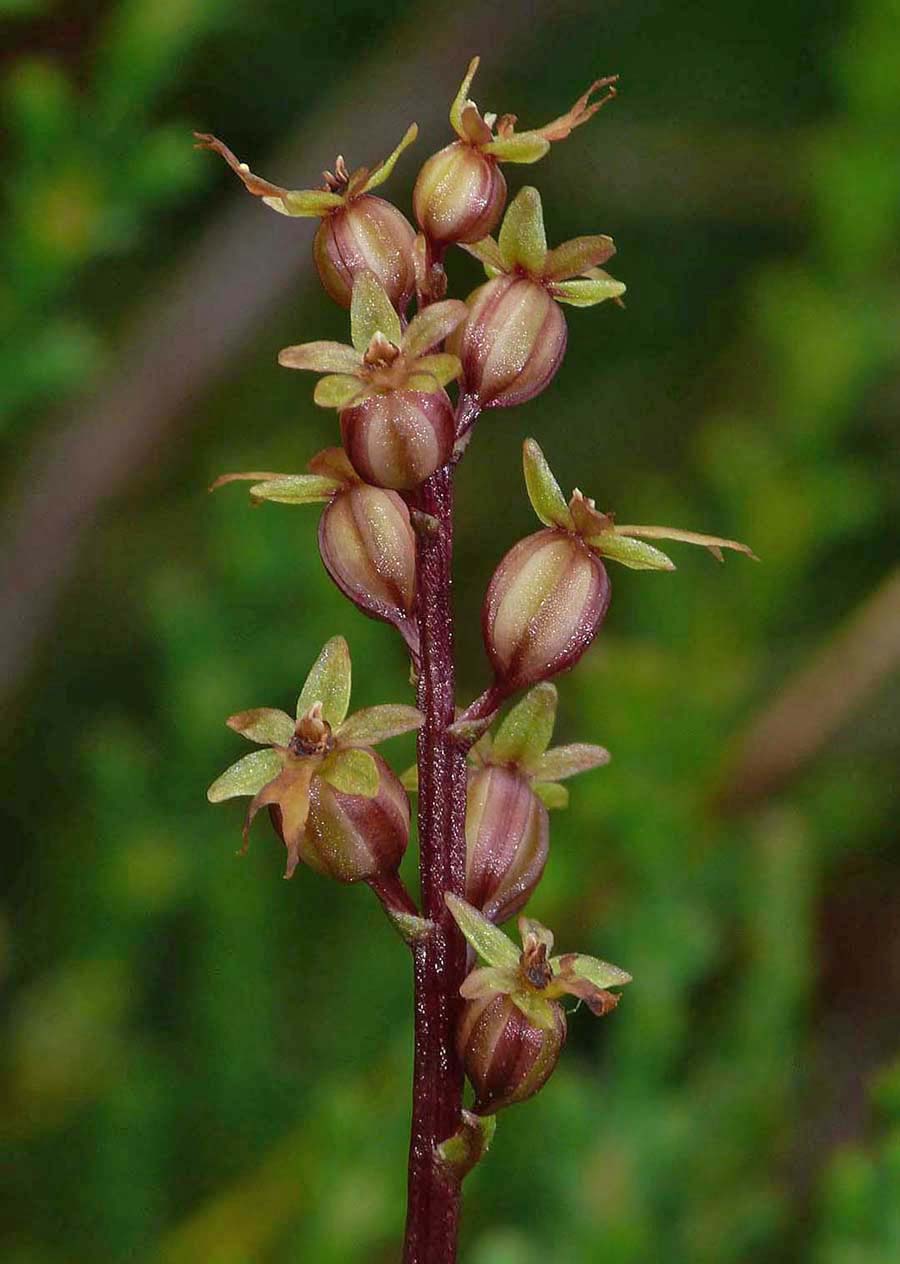
Areas of interest
Scotland is a sparsely populated country with huge areas of natural terrain, but which from the point of view of the orchid enthusiast, is somewhat challenging. Much of the Scottish soil profile is acidic with a region of mica schist formations in the central Highlands and just occasional outcrops of limestone scattered around the country, particularly in the north west. Scotland is dominated by mountains but its lengthy coastline offers some additional geological and landscape variety in the form of cliffs, coastal pine forest, sand dunes and of course the famous machair so typical of the north west coast and particularly the Hebrides.
The coastline and lochs of the west coast offer a habitat which in the British Isles is unique outside the island of Ireland. This is the loch side, acidic peat marsh and seasonally submerged grassland that creates a home for perhaps the rarest of Europe's orchids, Spiranthes romanzoffiana.
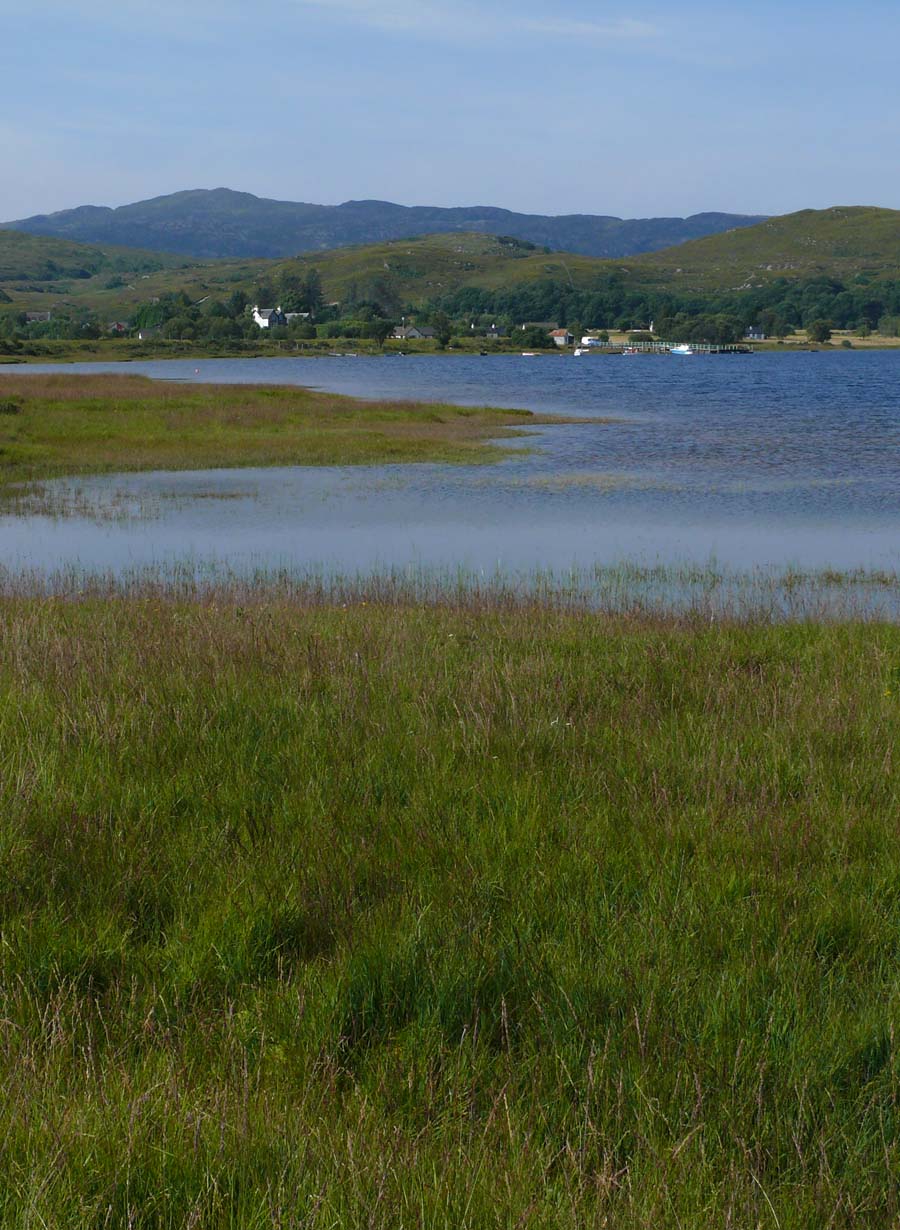
The highlands and islands of the west coast are home to the unique habitat formation known as machair which is a highly calcareous environment comprising extensive flat grassland and dune systems. The machair supports a rich flora including many orchid species, especially of the Dactylorhiza group and notably Dactlyorhiza hebridensis. In wetter areas the previously mentioned Spiranthes romanzoffiana can also be encountered.
Moving eastwards across the country we find the substantial Cairngorms mountain range which rise to an altitude of some 1200 metres, forming part of a larger National Park bearing that name. The landscape
botanists as a mountain that supports an alpine flora unrivaled throughout the rest of the UK. Orchids
are predominantly found on the lower southern slopes where the limestone and schist soils create an
alkaline substrate. Species found here include Dactylorhiza viridis, Dachtylorhiza fuchsii, Platanthera chlorantha and Gymnadenia conopsea. Higher altitudes and occasional acidic enclaves hold Dactylorhiza
ericetorum and small numbers of the tiny Neottia cordata.
Gymnadenia albida is a very scarce species in the UK and its in Scotland that its at its most frequent. It
can be found sparingly throughout the country but seems to show a particular preference for the lowlands, south west of Glasgow, where it finds a home in neutral, sometimes acidic meadows. The Scottish Wildlife Trust reserve at Feoch meadows near Barrhill is an outstanding area of wet and dry meadow that's of great interest to both the ornithologist and the botanist. Feoch is a noted for Gymnadenia albida, where it grows alongside several other species including Orchis mascula, Platanthera bifolia, Platanthera chlorantha, Dactylorhiza fuchsii, Dachtylorhiza incarnata and Gymnadenia conopsea.
Other sites of interest include Inchnadamph (Epipactis atrorubens), Colonsay (Spiranthes romanzoffiana) and Culbin Sands (Corallorhiza trifida and Neottia cordata).
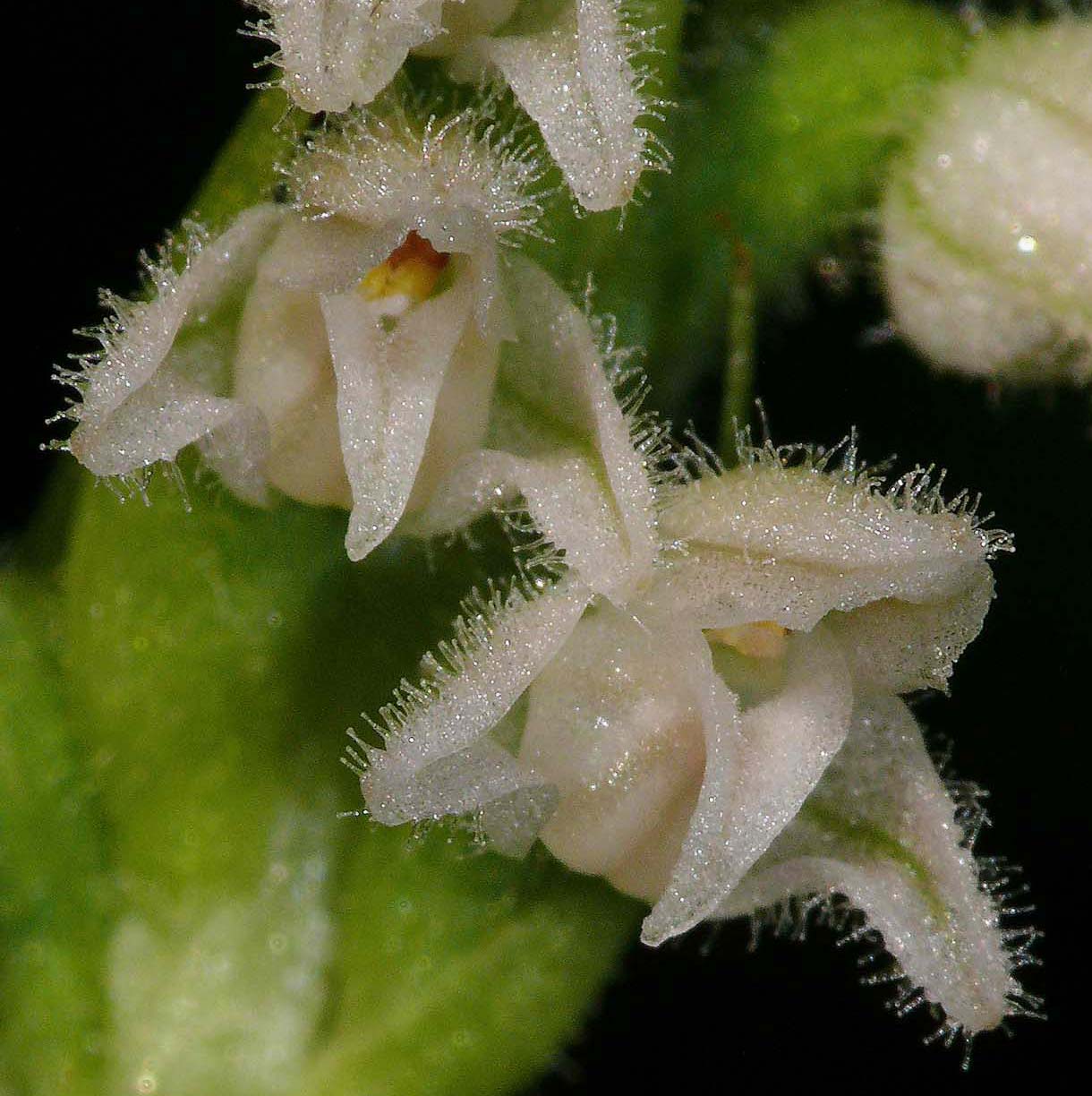
vv